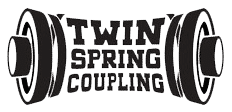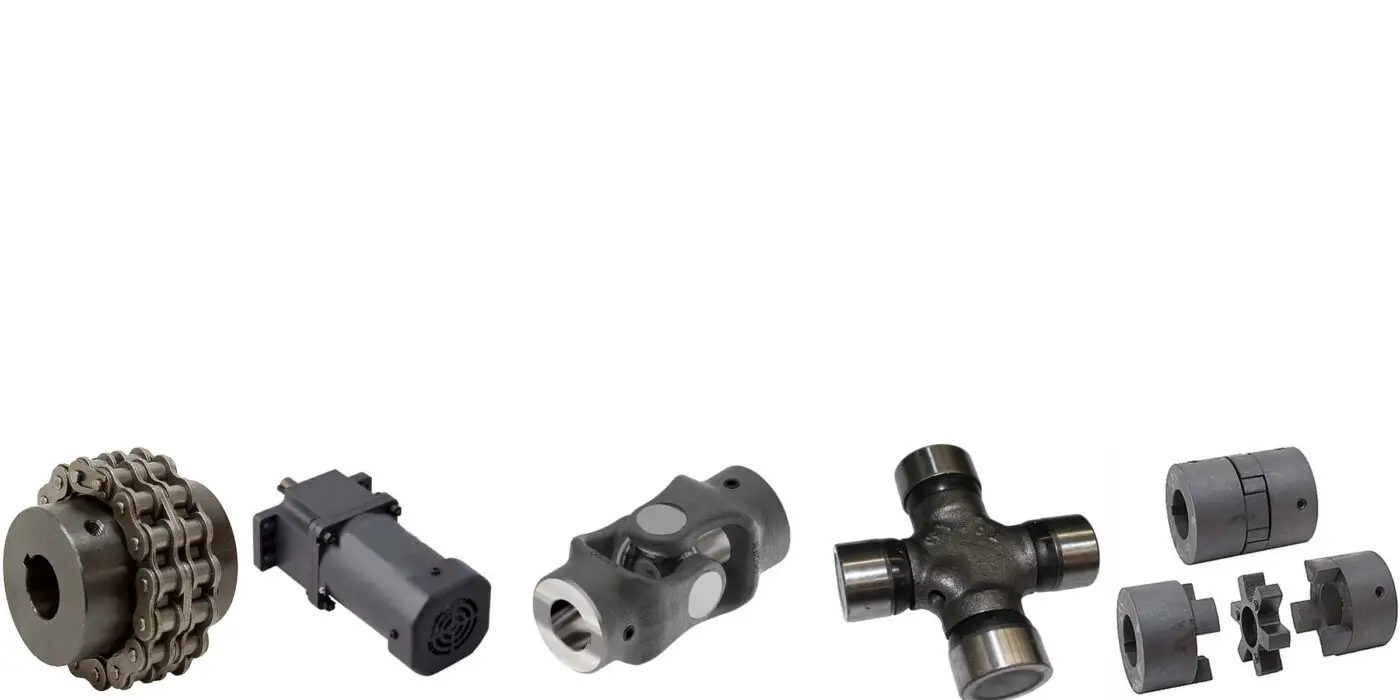6 Common Issues with Industrial Couplings and How to Troubleshoot Them
Industrial couplings are essential components that connect rotating shafts and transmit power between machinery. However, these seemingly simple devices can be prone to various issues that can lead to premature failure, downtime, and costly repairs. In this blog post, we will explore the common problems associated with industrial couplings and provide strategies for troubleshooting and preventing these issues.
Misalignment
One of the most prevalent causes of coupling failure is misalignment. Misalignment can occur in three forms: angular, parallel, and axial. Angular misalignment refers to a situation where the coupled shafts are not perfectly parallel, while parallel misalignment occurs when the shafts are offset from each other. Axial misalignment is when the shafts are not perfectly aligned along their longitudinal axis.
Misalignment can be caused by several factors, including improper installation, foundation settling, thermal expansion, or even shaft deflection. Excessive misalignment can lead to increased stress on the coupling components, resulting in premature wear, vibration, and potential failure.
To troubleshoot misalignment issues, start by performing a thorough inspection of the coupling and the connected machinery. Look for signs of wear, such as uneven wear patterns on the coupling components or excessive vibration. Use precision alignment tools, such as laser alignment systems or dial indicators, to measure the degree of misalignment and make the necessary adjustments.
When selecting a coupling, it’s essential to consider the expected level of misalignment in the application and choose a coupling that can accommodate the required tolerances. Some common OEMs in the coupling industry, such as Lovejoy, Rexnord, and Dodge, offer a wide range of coupling types designed to handle various misalignment conditions.
Insufficient Lubrication
Proper lubrication is crucial for the longevity and performance of industrial couplings. Inadequate or improper lubrication can lead to increased friction, heat buildup, and premature wear of the coupling components.
Symptoms of insufficient lubrication may include increased noise, vibration, and even visible signs of wear, such as discoloration or debris around the coupling. In some cases, a lack of lubrication can also lead to the coupling seizing up, causing a sudden and catastrophic failure.
To troubleshoot lubrication issues, start by checking the coupling manufacturer’s recommendations for the type and frequency of lubrication. Ensure that the correct lubricant is being used and that the coupling is being lubricated at the recommended intervals. If the coupling is equipped with a grease fitting, make sure to use a grease gun to apply the lubricant evenly and in the correct quantity.
Some OEMs, such as Rexnord and Dodge, offer couplings with built-in lubrication systems or self-lubricating components to simplify the maintenance process and reduce the risk of lubrication-related failures.
Incorrect Coupling Selection
Selecting the appropriate coupling for a specific application is crucial to ensuring its reliable performance. Factors such as torque, speed, environmental conditions, and the characteristics of the connected machinery must be carefully considered when choosing a coupling.
Using an incorrect coupling can lead to a variety of issues, including premature failure, reduced efficiency, and even safety concerns. For example, selecting a coupling with an insufficient torque rating may result in the coupling slipping or breaking under high loads, while a coupling that is not designed for the operating environment may fail prematurely due to exposure to harsh conditions.
To troubleshoot issues related to incorrect coupling selection, start by reviewing the application’s requirements and comparing them to the coupling’s specifications. Consult with the coupling manufacturer or an experienced engineer to ensure that the selected coupling is appropriate for the specific application.
Some leading OEMs in the coupling industry, such as Lovejoy and Dodge, offer comprehensive coupling selection tools and technical support to help customers choose the right coupling for their needs.
Torsional Vibration
Torsional vibration is a common issue that can affect the performance and lifespan of industrial couplings. Torsional vibration occurs when the coupled shafts experience oscillating torque loads, which can cause the coupling to flex and twist excessively.
Symptoms of torsional vibration may include increased noise, vibration, and premature wear of the coupling components. In severe cases, torsional vibration can lead to coupling failure, as well as damage to the connected machinery.
To troubleshoot torsional vibration issues, start by analyzing the system’s operating conditions, such as the speed, torque, and inertia of the connected components. Consult with the coupling manufacturer or a vibration analysis expert to determine the root cause of the torsional vibration and identify appropriate mitigation strategies.
Some OEMs, such as Rexnord and Dodge, offer couplings specifically designed to mitigate the effects of torsional vibration, such as grid couplings or other flexible coupling types.
Environmental Factors
The operating environment can also play a significant role in the performance and lifespan of industrial couplings. Factors such as temperature, humidity, and the presence of contaminants can all contribute to coupling failure.
For example, high temperatures can cause the coupling’s lubricant to break down or the coupling materials to degrade, leading to increased wear and potential failure. Similarly, exposure to corrosive chemicals or abrasive particles can cause premature wear and damage to the coupling components.
To troubleshoot environmental issues, start by evaluating the coupling’s operating environment and comparing it to the manufacturer’s recommendations. Ensure that the coupling is properly sealed and protected from environmental factors, and consider upgrading to a coupling designed for more demanding operating conditions, if necessary.
Some OEMs, such as Lovejoy and Dodge, offer couplings with specialized materials or coatings to withstand harsh environmental conditions, such as high temperatures, corrosive chemicals, or abrasive particles.
Improper Installation and Maintenance
Improper installation and inadequate maintenance can also contribute to the failure of industrial couplings. Incorrect assembly, improper alignment, or a lack of regular inspection and servicing can all lead to premature wear and potential failure.
Symptoms of improper installation or maintenance may include excessive vibration, noise, or visible signs of wear, such as cracked or deformed coupling components.
To troubleshoot installation and maintenance issues, start by reviewing the coupling manufacturer’s installation and maintenance instructions. Ensure that the coupling is properly aligned, securely mounted, and lubricated according to the recommended procedures. Implement a regular inspection and maintenance schedule to identify and address any issues before they lead to more significant problems.
Many OEMs in the coupling industry, such as Rexnord and Dodge, offer comprehensive installation and maintenance guides, as well as technical support, to help customers properly install and maintain their couplings.
Conclusion
Industrial couplings are essential components that play a crucial role in the performance and reliability of machinery. However, these devices can be susceptible to a variety of issues, including misalignment, insufficient lubrication, incorrect coupling selection, torsional vibration, environmental factors, and improper installation and maintenance.
By understanding the common problems associated with industrial couplings and implementing effective troubleshooting strategies, you can extend the lifespan of your couplings, reduce downtime, and improve the overall efficiency and productivity of your operations. Remember to consult with the leading OEMs in the coupling industry, such as Lovejoy, Rexnord, and Dodge, for guidance on selecting, installing, and maintaining your industrial couplings.
Citations:
[1] https://nexxis.com.au/6-common-mistakes-in-assembly-maintenance-of-flexible-couplings/
[2] https://www.pumpsandsystems.com/troubleshooting-couplings
[3] https://www.mromagazine.com/features/understanding-coupling-failures/
[4] https://visserssales.com/5-reasons-why-couplings-fail/amp/
[5] https://www.machinerylubrication.com/Read/421/coupling-lubrication

